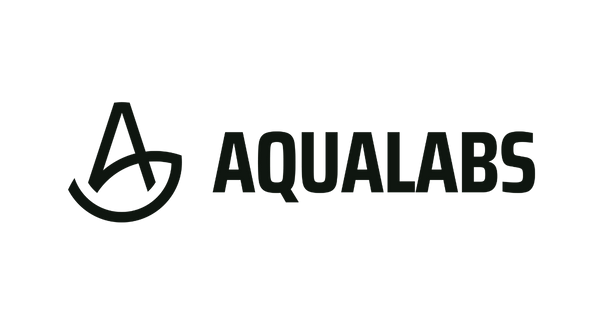How to get rid of Green Dust Algae (GDA)
Green Dust Algae, also known as GDA, is a particularly problematic algae for aquarium enthusiasts. Although it is straightforward to remove, it will rapidly reappear if removed incorrectly.
It is most commonly seen on aquarium glass but can extend to plants and hardscape in severe cases. It does not pose any threat to fish, shrimp or snails, but is terribly unsightly – presenting as a thin green film across the glass.
The two images below show a biologically immature aquarium that received heavy water column fertilisation (NO3 levels above 20ppm) and very strong lighting (Chihiros Vivid Mini at 100% Power). The pictures are just five days apart, showing how quickly GDA can take over.


What Causes Green Dust Algae?
Green dust algae is primarily caused by:
- New tank syndrome
- High light
- High nitrate levels
- Excess organics
Green dust algae is particularly common in new high-tech setups, where a newly setup tank is also receiving high-light and heavy fertilisation. However, it can also occur in older setups. When aquasoil begins to breakdown or fish poop builds up in the substrate, GDA seems to be triggered.
How to Get Rid of Green Dust Algae:
Green Dust Algae should not be scrapped off the glass while filters are running. This will release the algae into the water column, allowing it to multiply and return even faster.
The best way to remove Green Dust Algae is to do a very large water change (90-95%) and remove all of it from the glass without allowing it to mix back into the tank water. This is best done with paper towels that can be disposed of after each wipe.
If plants are also infested with GDA, they should be removed from the tank and cleaned/trimmed so that as much as possible is removed.
How to Prevent Green Dust Algae:
After GDA is removed, it is important to adjust tank parameters:
- Removal: GDA must first be removed following the above process. This process should be repeated 1-2 times a week to overcome severe cases.
- Lighting: Reduce lighting to 4-5 hours and reduce intensity if possible. Only increase lighting duration and intensity if GDA does not return and plants have grown in well.
- Fertilisation: Switch to a lean dosing method. This will limit the amount of nitrate in the water column and significantly slow the growth of GDA. Note that a lean dosing method is only recommended in aquariums with aquasoil. Planted aquariums that have an inert substrate require nitrate levels above 10ppm.
What Eats Green Dust Algae:
Several aquatic organisms feed on Green Dust Algae, assisting in its natural control:
- Bristlenose catfish are exceptionally good at eating GDA. This is particularly true for smaller specimen as they require the algae to grow.
- Otocinclus are also voracious consumers of GDA. Not quite as good as bristlenose, but more shrimp friendly and better suited for smaller aquariums.
- Snails: Snails will also eat GDA, but rarely fast enough to keep up with its growth.
